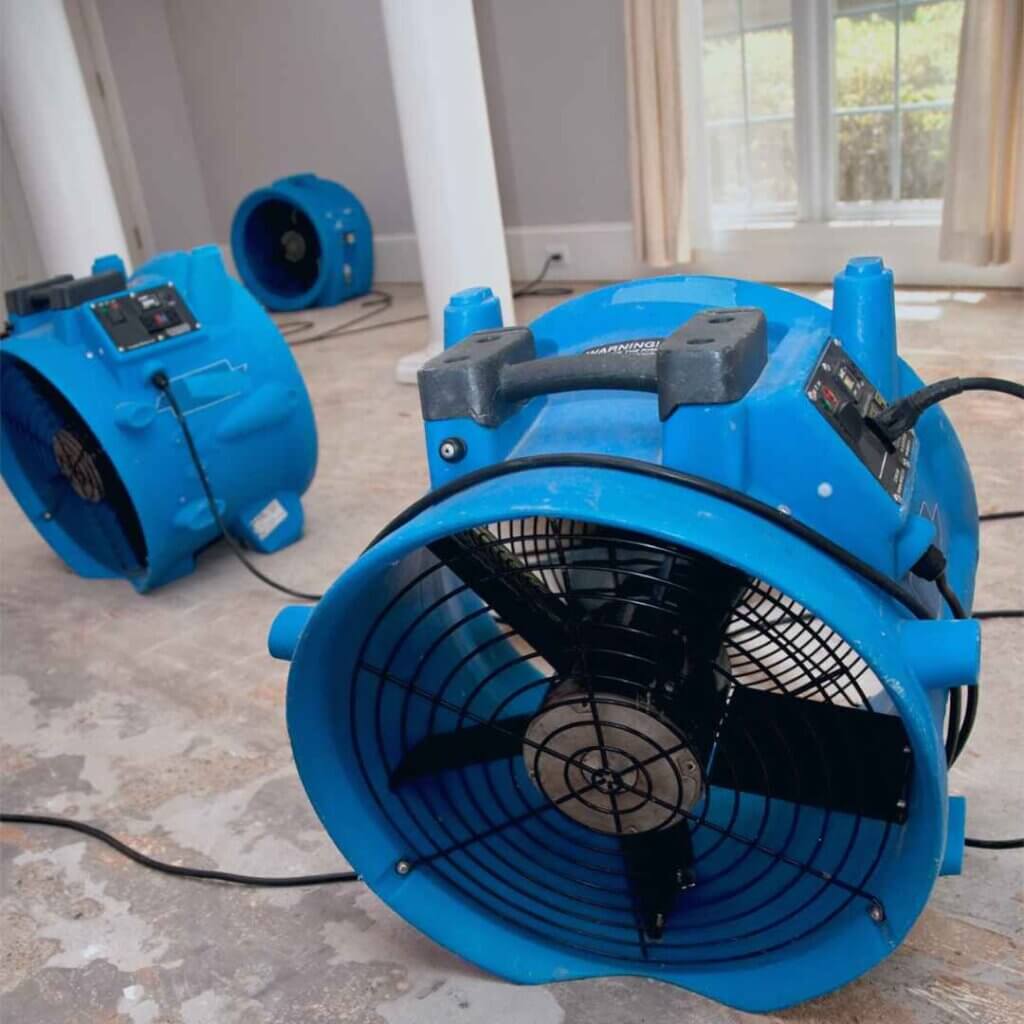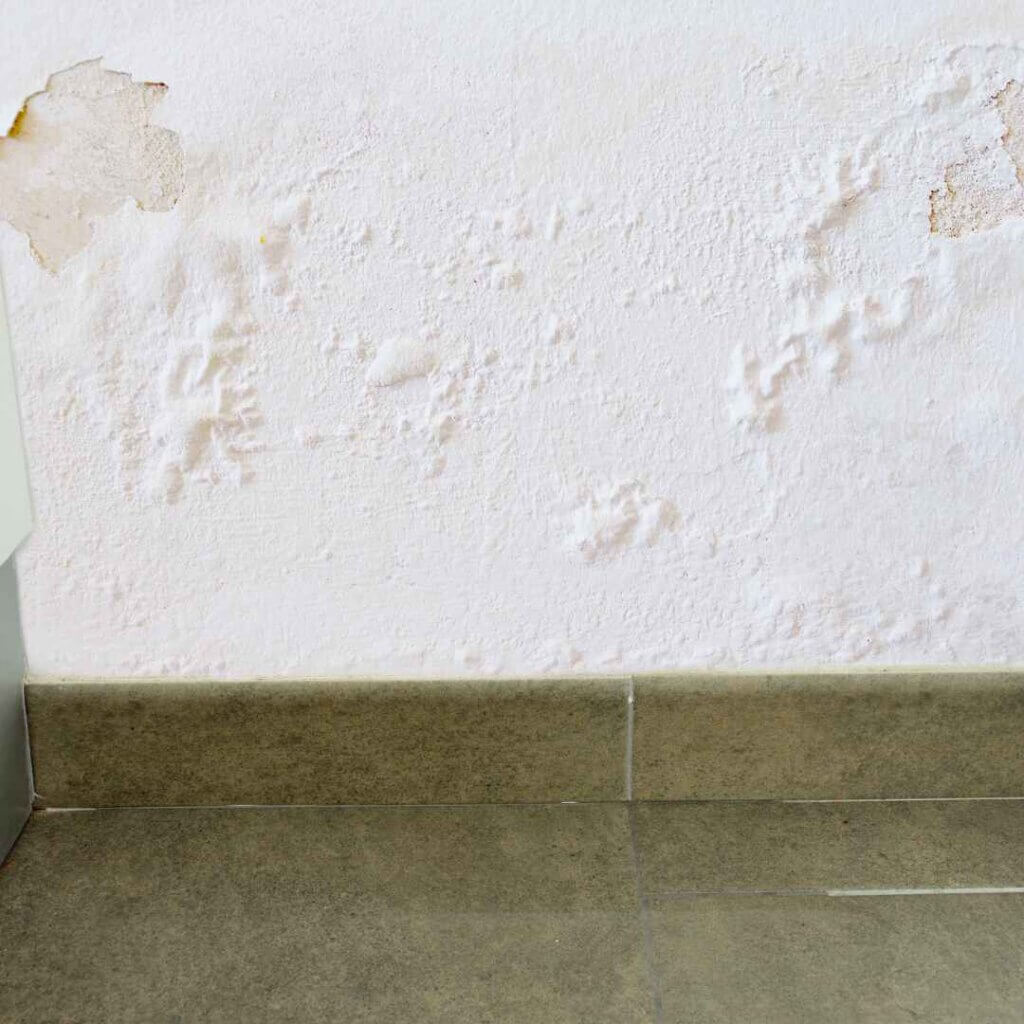Water Damage Restoration: Salvaging Belongings & Furniture
Water Damage Restoration: Salvaging Belongings & Furniture
Water damage can wreak havoc on your home, causing significant destruction to your belongings and furniture. When faced with such a situation, it’s essential to act quickly to salvage and restore as much as possible. In this comprehensive guide to water damage restoration, we’ll provide you with valuable insights and practical tips on how to care for your belongings and furniture after water damage. By following these steps, you can increase the chances of successful water damage restoration and minimise potential losses.
Assessing the Damage
The first step in caring for your belongings and furniture in water damage restoration is to assess the extent of the damage. Carefully inspect each item affected by the water and categorise them into salvageable, questionable, and unsalvageable. This initial assessment will help you prioritise your water damage restoration efforts and determine the best course of action for each item.
However, when it comes to water damage restoration, some signs indicate that furniture may be unsalvageable. These signs typically indicate severe damage or compromised structural integrity that cannot be adequately restored.
- Warping: If the furniture has warped significantly, with visible twisting, bending, or bowing, it is likely unsalvageable. Warping indicates that the water has caused irreversible damage to the structure, compromising its stability and aesthetics.
- Mould and Mildew Growth: If extensive mould and mildew growth have occurred on the furniture, especially on porous materials like upholstery, fabric, or wood, it may be unsalvageable. Mould and mildew can deeply penetrate these materials, making it difficult to eliminate the growth and the associated odours.
- Swelling or Delamination: Swelling or delamination of furniture components, such as particleboard or plywood, indicates that the water has caused the materials to break down and lose their integrity. Once this occurs, it is challenging to restore the furniture to its original strength and appearance.
- Discolouration or Stains: Severe water damage may lead to deep discolouration or stubborn stains that cannot be effectively removed. Even after thorough cleaning and drying, the furniture may retain unsightly marks, making it unsalvageable from an aesthetic standpoint.
- Foul Odours: If the furniture emits persistent, unpleasant odours despite cleaning and drying efforts, it could indicate deep-seated water damage. Odours may indicate the presence of mould, mildew, or bacteria that have permeated the materials, rendering the furniture unsalvageable.
- Structural Instability: If the furniture exhibits significant structural instability, such as loose joints, sagging, or weakened framework, it may be unsafe to use even after restoration attempts. Water damage can compromise the structural integrity of the furniture, posing a risk to anyone using or interacting with it.
It is important to note that professional water damage restoration assessment is crucial to determine the salvageability of water-damaged furniture accurately. Restoration experts can provide an expert opinion based on their knowledge and experience, guiding you in making informed decisions regarding the restoration or replacement of damaged furniture.
Documenting and Photographing
Before moving any damaged items, it’s crucial to document the damage thoroughly. Take photographs and make a detailed inventory of all affected belongings and furniture. This documentation will serve as essential evidence for insurance claims and help you keep track of the water damage restoration process.
Removing Excess Water
Once you’ve documented the damage, the next step is to remove any excess water from your home. Use mops, towels, or wet/dry vacuums to extract as much water as possible. Promptly addressing this issue will help prevent further damage and inhibit the growth of mould and mildew.
Drying and Dehumidifying
Proper drying and dehumidifying are critical to prevent mould growth and further deterioration of your belongings. Open windows, use fans and employ dehumidifiers to create airflow and reduce moisture levels. Place furniture in direct sunlight to ensure effective drying and prevention of mould growth. For delicate items, consider using professional-grade drying equipment or consulting with a water damage restoration specialist.
Cleaning and Disinfecting
After the affected area is thoroughly dried, it’s time to clean and disinfect your belongings and furniture. Use a mild detergent and warm water to clean non-porous items, such as metal or plastic. For fabric items, consult the manufacturer’s instructions or seek professional water damage restoration guidance. Disinfect all surfaces to eliminate any potential bacteria or contaminants.
Monitoring and Preventative Measures
Even after the initial restoration process, it’s crucial to monitor your belongings and furniture for any signs of ongoing damage or mould growth. Regularly check for dampness, musty odours, or discolouration, which may indicate hidden issues. Additionally, taking preventative measures such as installing proper ventilation, using moisture barriers, and addressing any underlying water issues will help minimise the risk of future water damage.
Seeking Professional Help
Some items may require professional water damage restoration experts to ensure their successful restoration. Antique furniture, delicate electronics, or sentimental belongings may need specialised care. Don’t hesitate to reach out to water damage restoration professionals who have the necessary knowledge and equipment to handle complex restoration tasks.
Caring for your belongings and furniture after water damage requires swift action, careful assessment, and proper water damage restoration techniques. By following the steps outlined in this guide, you can increase the likelihood of salvaging and restoring your cherished items.
Remember, seeking professional help when necessary and implementing preventative measures are key to minimising the impact of water damage in the future. By staying proactive and informed, you can navigate the challenges of water damage restoration and ensure that your belongings and furniture receive the care they need to regain their pre-damage condition.
Why Choose AllAces?
We offer a responsive, 24-hour service bringing expert knowledge, industry-leading equipment and a professional approach that will have your property safe and back to a pre-damage condition in minimum time. After more than 30 years of industry experience, our IICRC-certified technicians can handle the water damage restoration services.
Trust the experts today and contact the AllAces team at 1800 00 10 10!
FAQs
What are the dangers of water damage?
Water damage can lead to mould growth, structural damage, and electrical hazards. It can also damage personal belongings, leading to costly repairs or replacement. In addition, standing water can be a breeding ground for bacteria and other harmful microorganisms.
What causes water damage?
Water damage can be caused by a variety of factors, such as natural disasters like floods and storms, plumbing leaks, appliance malfunctions, and poor drainage systems. It can also be caused by human error, such as leaving a faucet running or forgetting to turn off a water supply valve.
What are the signs of water damage?
Signs of water damage include water stains, peeling or bubbling paint or wallpaper, warped or buckled flooring, musty odours, and visible mould or mildew growth. In addition, sudden increases in water bills or decreased water pressure can also indicate a potential water damage issue.



